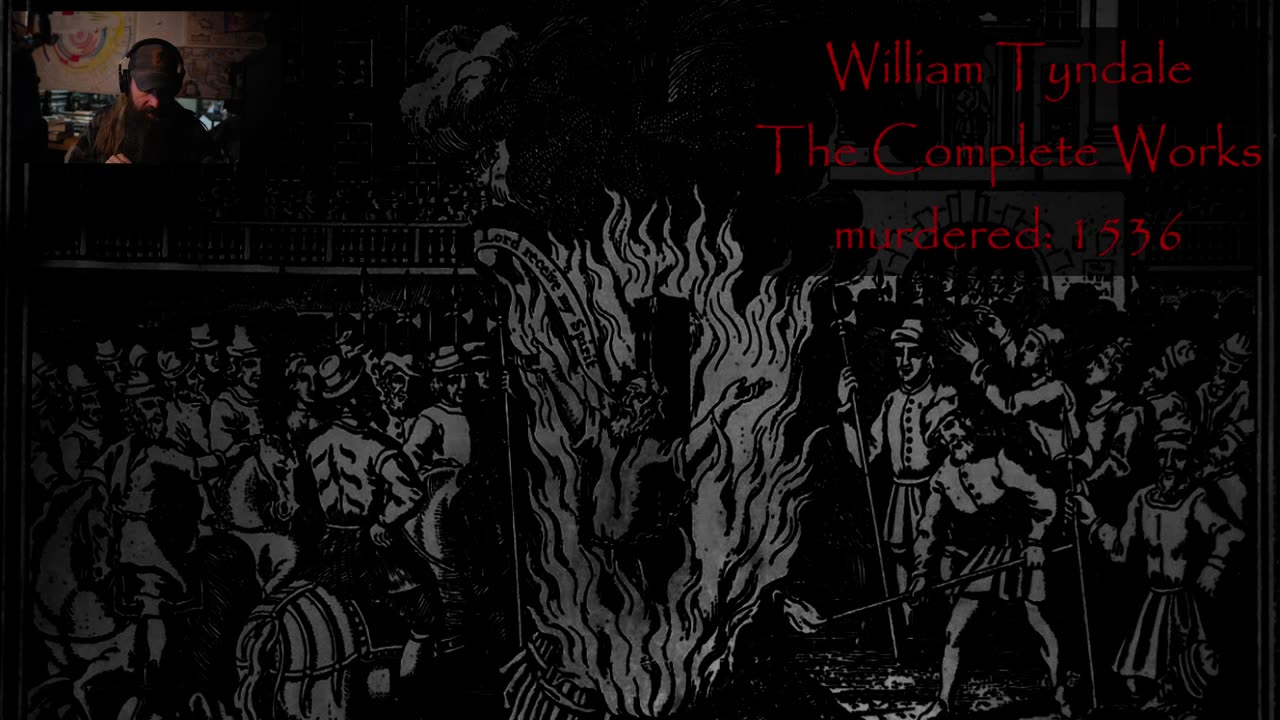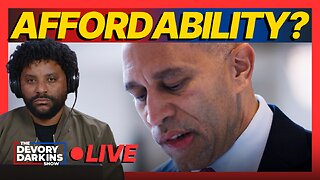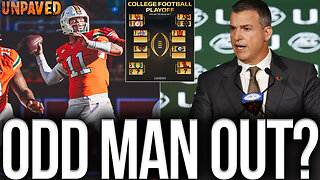Premium Only Content

38p164
38p164
The video discusses the historical evolution of the power dynamics within the Christian Church, particularly the role and status of Bishops and the emergence of the Pope as a significant authority. It examines how early Bishops selflessly took on their roles, contrasting it with later ambition-driven ecclesiastical leaders who sought wealth and power, ultimately leading to divisions within Christendom.
Key Points:
Ambition of Early Bishops
Initially, the role of a Bishop was one of self-sacrifice, with individuals taking the position out of love for Christ. However, as Christianity spread and committed believers became numerous, worldly incentives began to corrupt these positions.
Deacons' Influence
Deacons, originally meant to assist Bishops, grew more influential as they managed church resources and catered to worldly desires, leading to an imbalance of power within the ecclesiastical hierarchy.
Rise of the Papacy
Ambitious Bishops, particularly in Rome, vied for supremacy, leading to the Pope asserting authority over other Bishops. This ambition caused rifts within the Church and led to the Pope claiming to be the chief Bishop.
Conflict with Constantinople
As Bishops argued over the primacy of their cities, particularly Rome and Constantinople, their ambitions fueled a power struggle that highlighted the division within the Church, especially as the Pope sought to elevate his status.
Tyranny and Resistance
The Pope, following Boniface III’s example, wielded power by coercing Bishops into obedience and implementing policies like forced celibacy, encountering resistance but ultimately achieving control over the ecclesiastical hierarchy.
Schism with the Greek Church
The ambition of Bishops and the rise of Papal authority resulted in significant divisions within Christendom, particularly between the Western and Eastern Churches, with the latter rejecting Papal authority and accusations of tyranny.
-
 1:33:57
1:33:57
Russell Brand
3 hours agoThe Venezuela Flashpoint: How Fast Could This Spiral? - SF659
118K22 -
 1:26:58
1:26:58
vivafrei
3 hours agoJan. 6 Suspect ADMITS to Planting Bombs, Claims to be Trump SUPPORTER? The Blaze RETRACTS? & MORE!
36.7K42 -
 22:00
22:00
Jasmin Laine
1 hour agoTrump’s Peace Medal Triggered the Biggest Liberal Meltdown of the Year
1259 -
 30:47
30:47
The HotSeat With Todd Spears
2 hours agoEP 221: Bonus Friday Episode! 2025 Spotify Recap
2.48K29 -
 LIVE
LIVE
LFA TV
18 hours agoLIVE & BREAKING NEWS! | FRIDAY 12/05/25
1,059 watching -
![MAHA News [12.5] Glyphosate Study Retracted (MONSANTO), Vaccine News (COVID), DMSO Chat](https://1a-1791.com/video/fwe2/02/s8/1/0/u/D/F/0uDFz.0kob-small-MAHA-News-12.5.jpg) DVR
DVR
Badlands Media
13 hours agoMAHA News [12.5] Glyphosate Study Retracted (MONSANTO), Vaccine News (COVID), DMSO Chat
22.3K -
 1:11:14
1:11:14
DeVory Darkins
4 hours agoJeffries SCRAMBLES After National Gas Prices hit record low amid AFFORDABILITY CRISIS
194K83 -
 56:44
56:44
The Quartering
4 hours agoSpam Calls Are Out Of Control, Candace Hits Rock Bottom & More Poison Food
33.4K82 -
 47:44
47:44
Tucker Carlson
4 hours agoRupert Lowe Warns of the Globalist Agenda Destroying the West and the Revolution Soon to Come
63.1K119 -
 1:16:03
1:16:03
Sean Unpaved
5 hours agoWill Miami Be "ODD MAN OUT" Of The College Football Playoff? | UNPAVED
21.4K1